For quite some time, Twitter, or simply X after Elon Musk bought the social network, was one of the primary platforms for blogs, news, trend discussions, and many other things. Gathering information from Twitter may yield lots of useful data about current trends, opinions, and overall popular topics. An analysis of all of this data may serve as the primary driver for SEO and the company’s marketing procedures. In the following paragraphs, we will look at tools for web scraping Twitter and see how they can help you perform scraping.
What is Twitter Scraping?
One way to define Twitter scraping is the process of gathering various kinds of information. For instance, you may harvest useful information from tweets, profiles, accounts, or current platform trends. This way, you can monitor your brand’s reputation or track your competitors’ online presence. This technique can also help you collect large amounts of information that can be comfortably structured and analyzed.
Tools for Twitter Scraping
Scraping Twitter can be performed with several different tools. Let’s look at the most popular options and compare them among themselves. The initial tool to look at is called the Twitter API. This is the most direct and official way to gather Twitter data. However, this option comes with noticeable limitations. For instance, the quantity of data you can scrape and the amount of time you can spend scraping will be restricted.
Alternatively, you can create your own web scrape or use a ready-made setup for data harvesting. For example, you can look at the Python scraping libraries or special tools like snscrape. This option will be the most flexible and non-restrictive. With the right setup, you can collect all the data you want for hours. However, your personal scraping solution will require some computing power and a set of proxies. To completely eliminate the chance of being blocked, you can, for instance, use datacenter rotating proxies.
The last option here lies in using special data scanning services. This option tends to cost the most, but you will be able to get the necessary information without the hassle of building your own solution.
In the end, the choice between all these variants depends on your needs and challenges at the moment. Either way, even the most basic Twitter scraping can yield a wealth of valuable information for a variety of applications. The same way you can benefit from scraping other major platforms like Reddit or specific sources of, for example, job postings like LinkedIn.
Step-by-Step Guide on How to Scrape Twitter
At this point, we can discuss the specifics of the data collection process itself. As said before, you’re able to employ multiple tools to collect information from Twitter. In this example, we will look at the use of a generalized custom scraping solution.
Firstly, you need to install every one of the required instruments and components for your scraper. Make sure that you have enough space to collect all of the needed data. For best results, you might also need to use your proxy setup and Twitter credentials. For example, you can use datacenter proxies for the best performance on any scraping-related tasks.
On the next step, you need to tune your software to collect the data at a certain place on your PC. For example, you can collect data by keywords or harvest only the needed hashtags. Also, you can specify your data collection for a certain region or location with residential proxies, including residential proxies with unlimited bandwidth. This way, you will be able to create a pool of proxies from a certain location.
Now, with all of the parameters set to the needed points, you can run your code and see what results you will get. Depending on your specific tasks, scraping can take from several minutes to several hours. More than this, without a proxy for Twitter, you will periodically face a block or restriction from the Twitter side.
With all the needed data on hand, you can extract and analyze the collected material. Most modern scrapers can export harvested data in the form of a CSV, JSON, or Excel file.
Benefits of Twitter Scraping
Twitter scraping can bring you lots of different benefits in different spheres of work. For starters, you’re able to dive deeper into understanding the current market patterns and demands of customers. Your sales and product positioning will directly benefit from the analysis of this data.
Similar to that, you can track all of your competitors’ actions online. For instance, you can track all of the current online campaigns and customer reactions to change your strategies on the go. Overall, this can give you a number of useful insights into competitors actions.
You can also track the audience response to different news and trend topics to tune your marketing messages to all the current trends. With viral user post analysis, you can look at what is of most importance to customers at the moment.
This can also be useful for finding and contacting influencers in different locations to target your audience even better. Static residential proxies can also be a good tool for this task. This type of proxy for scraping Twitter can be used to target specific regions and locations for data collection.
In the end, Twitter data collection can bring you lots of useful information that can be converted into market and competitor insights.
Legal and Ethical Considerations
Before starting any major scraping project, it is important to investigate legal and other aspects of the process. Twitter implies strict and simple rules in the field of data collection. It is against the current policies to scrape data from a site without noticing Twitter first. Moreover, Twitter places restrictions on the volume of information that can be gathered using its own API. But even with the API, legally, you won’t be able to sell or share collected data for free. In the event of a violation of these rules, your account may be suspended or blocked.
In terms of ethical data usage, you should rely on common sense. First of all, do not collect personal data or information from private profiles. Try to be more clear with your intentions if you plan to conduct research using the information gathered. Your audience will be more trusting if you can explain the type of data you are using and why. In any case, data harvesting is a powerful tool that must be handled with particular care.
Frequently Asked Questions
Please read our Documentation if you have questions that are not listed below.
-
What kind of information can you scrape from Twitter?
You can collect details about the user's account, hashtags, posts with certain keywords, images, etc.
-
What are the legal limitations to Twitter scraping?
Twitter has a rather strict set of policies in the field of scraping. First of all, you need to notify Twitter before starting scraping. Plus, you cannot sell or share the collected data with anyone.
-
What tools can be used for Twitter scraping?
Twitter provides its own API for scraping data. However, this API limits the possible amount of scraped data. If this is a dealbreaker for you, try to use custom scraping tools. For example, Python has lots of libraries created specifically for scraping tasks.
-
What kind of proxy is best for Twitter scraping?
Depending on your specific case, you can use different kinds of proxies. Residential proxy can be an ultimate and universal tool overall.
Top 5 posts
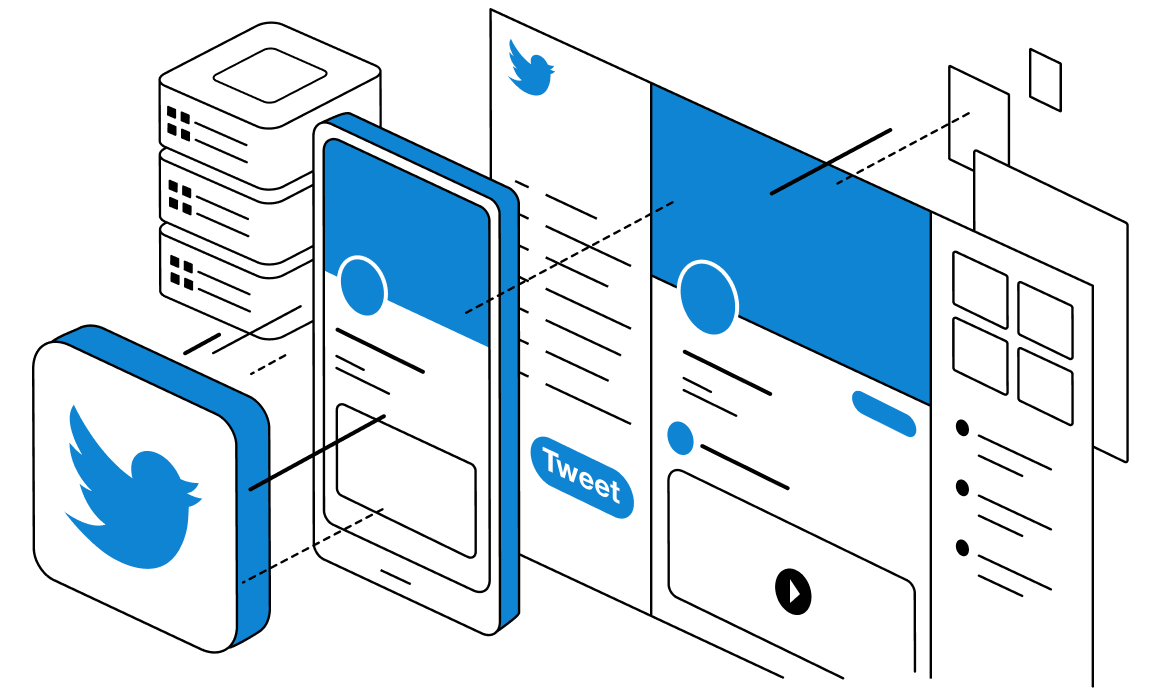



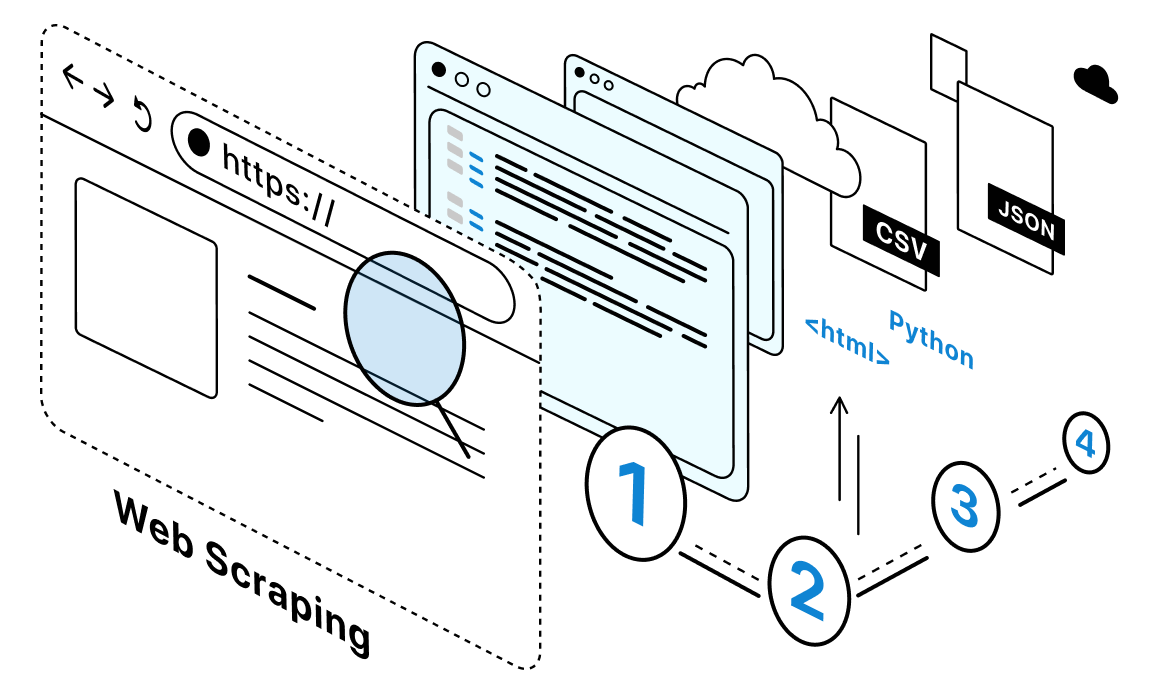
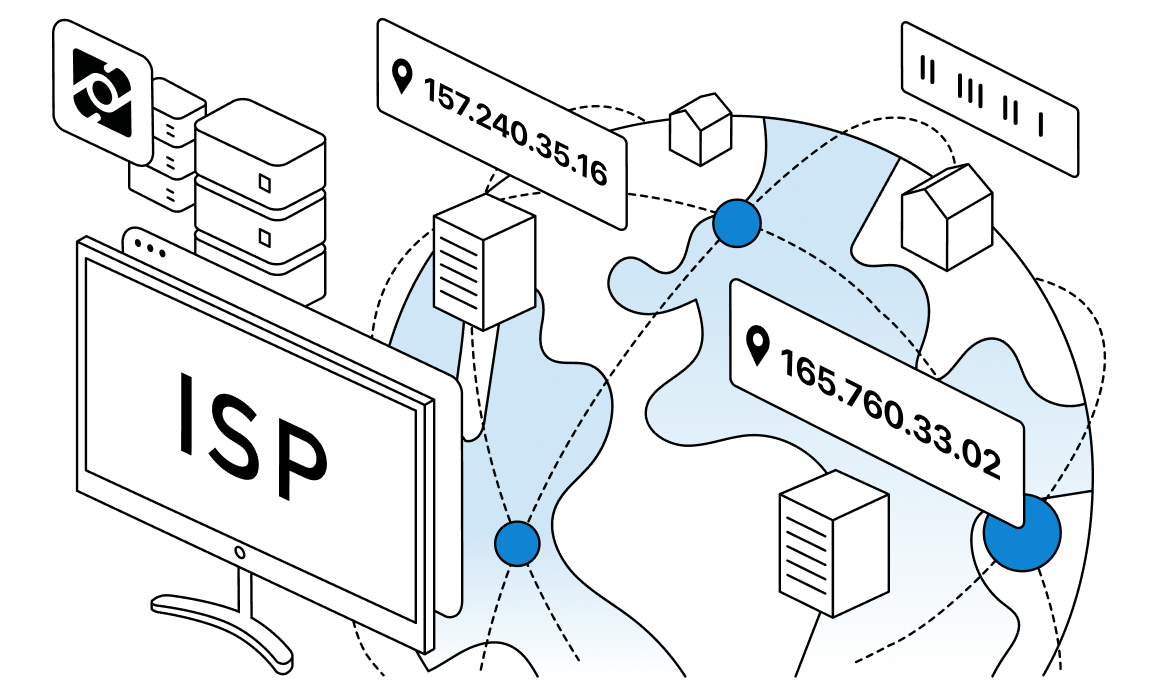
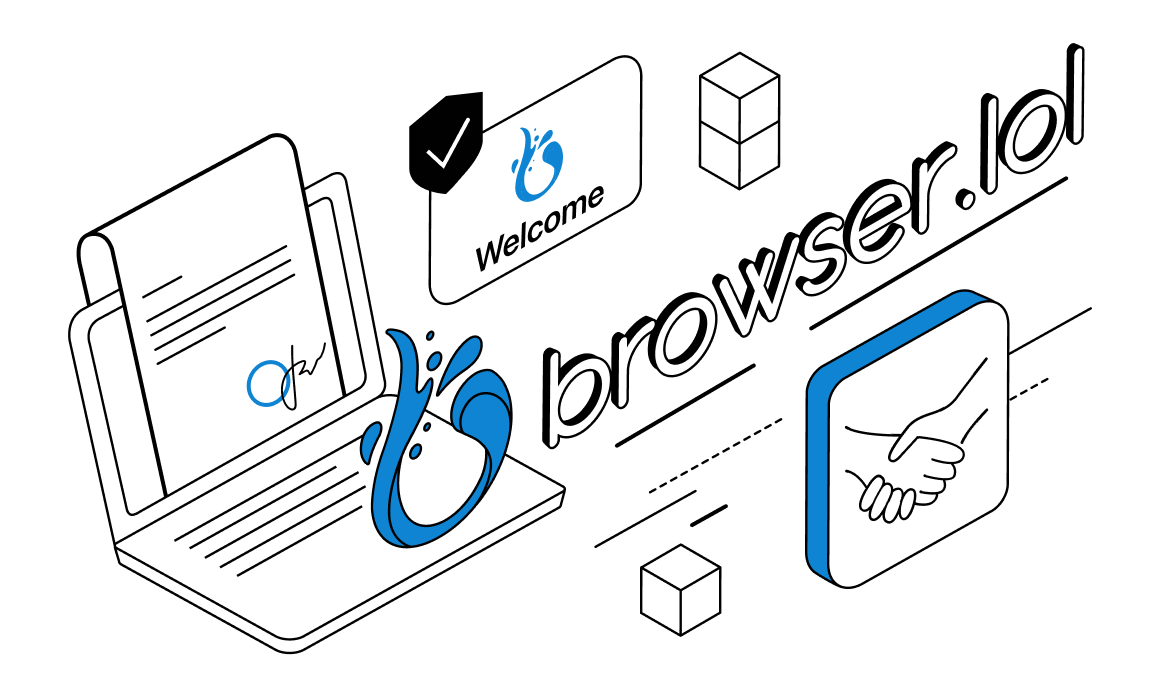
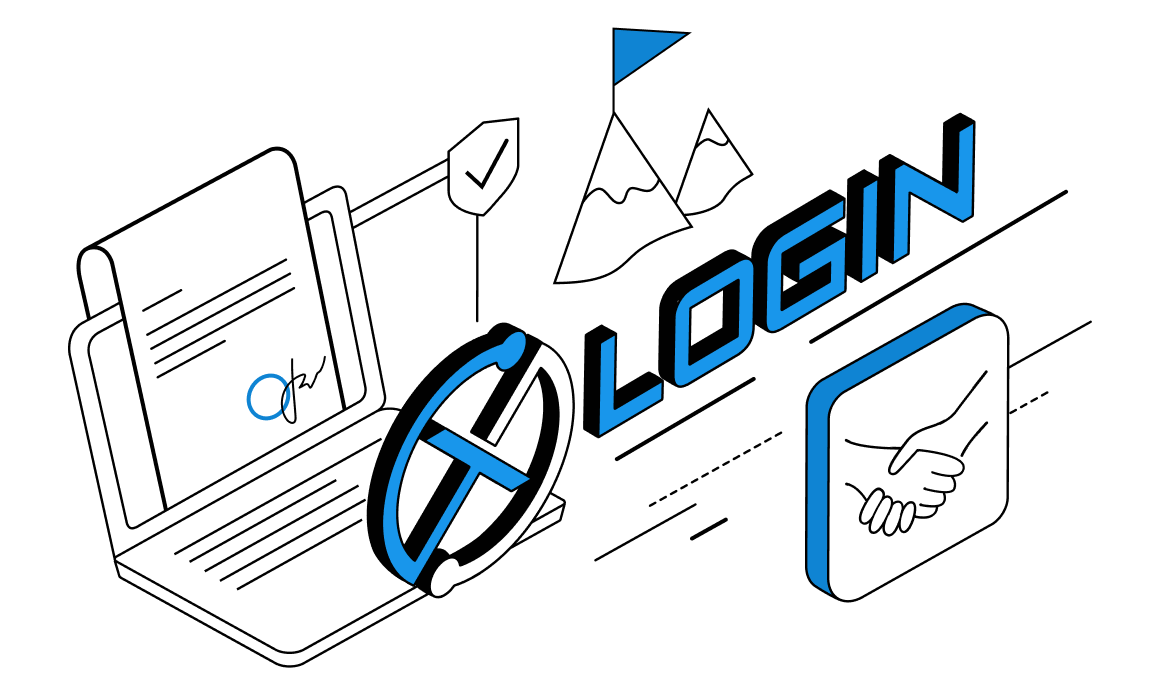

Residential proxy services use the home internet IP addresses supplied by consumer Internet Service Providers to route website requests for their users. The proxies channel web traffic through actual residential internet connections instead of data centers. This allows the users to browse more privately, access blocked content, scrape data for market research, and carry out other uses while hiding their real identity.